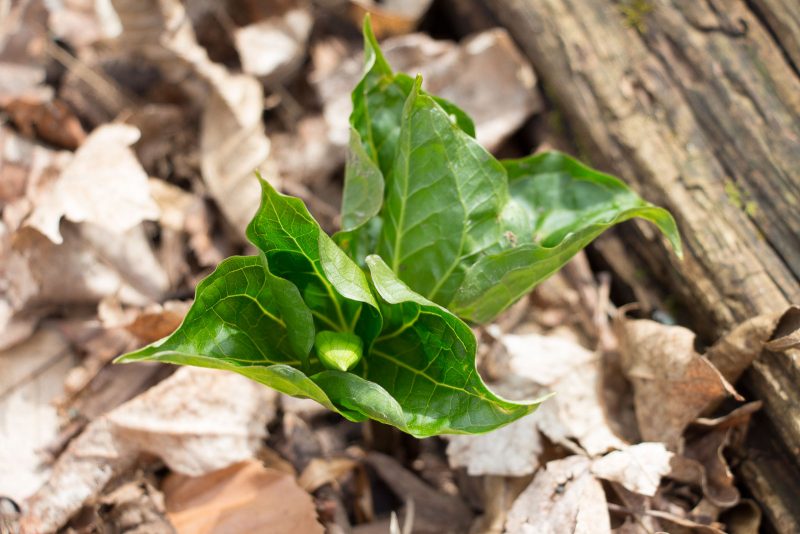Eucalypt in English, Eucalipto in Portuguese.
This is, as you can see, a dead and dried branch, part of the landscape now. In fact, I decided to include an extra photo just so you can see what I’m talking about (part of that has already been burned in a controlled manner by my neighbours, a few days after I took the photos). It’s like this everywhere. What happened? Well, many things. First, Portugal has been replacing farmland and native forest by Eucalyptus plantations since the 80s, sponsored by the state and fueled by the demands of the paper industry. Our “green oil” as it was once called by a minister, alluding to its economical value (also like oil, it burns very well and destroys our ecosystem, but none of that was a concern at the time). Second, the process was completely unregulated and suddenly you had entire villages in the middle of one big, messy and chaotic Eucalyptus plantation, with branches touching the houses and no signs of any attempt at spatial planning. Third, we have always had a problem with forest fires, a problem that was arguably made worse by the flammable Eucalyptus and certainly made much worse by climate change. Last year, all of the above + severe drought + atypical weather = the whole country ablaze and 111 deaths. What you see here is part of a desperate attempt to correct 30 years of mistakes within a few months, in time to avoid another deadly summer.
Click for full size!
© Nightjar, all rights reserved.





















